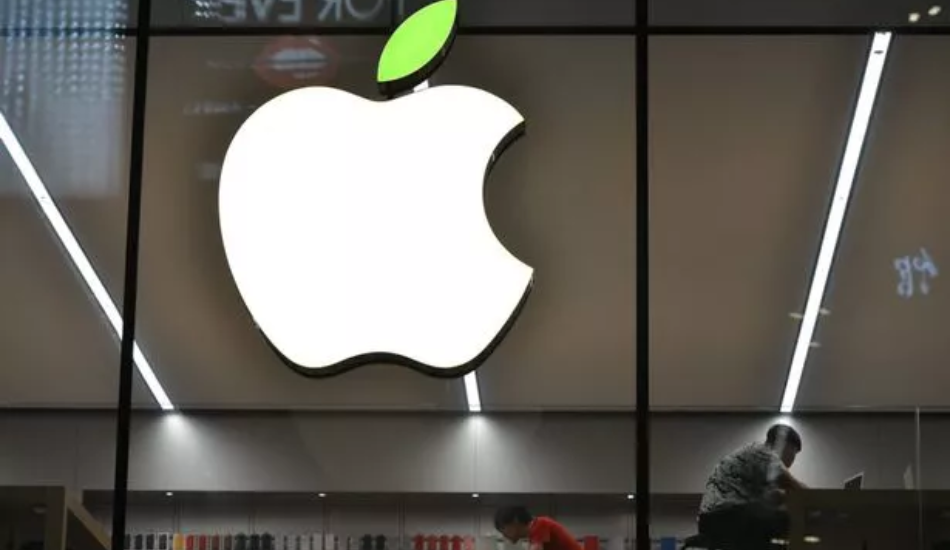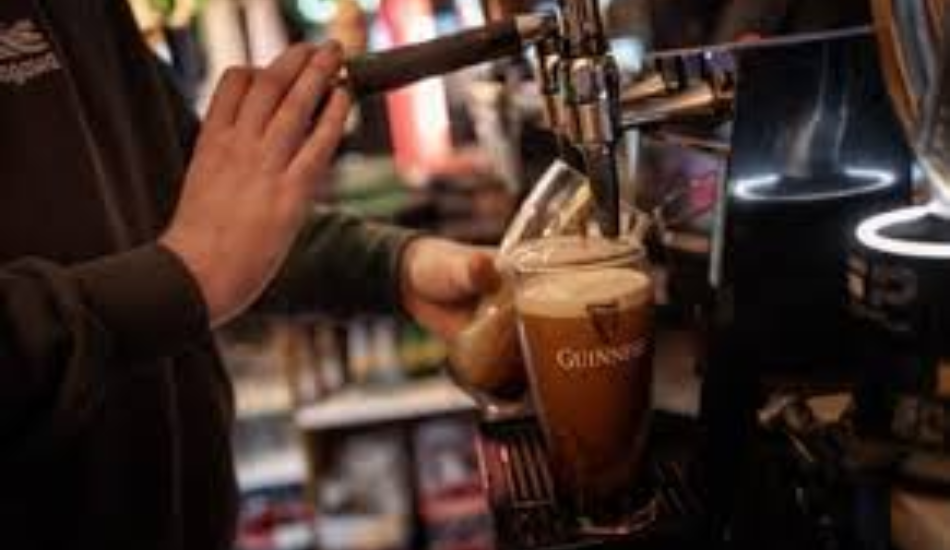
OpenAI is releasing new features and products ahead of the holidays.Fans had hoped the 12-day campaign, which OpenAI is calling “Shipmas,” would include an update of its text-to-video AI tool, Sora, as well as other updates to its ChatGPT and o1 models.
OpenAI hinted at its plans Wednesday in a post on X, saying: “12 days. 12 livestreams. A bunch of new things, big and small. 12 Days of OpenAI starts tomorrow.”, reports Business Insider.
CEO Sam Altman also alluded to the campaign Wednesday at The New York Times’ DealBook Summit. “We have a bunch of new, great stuff. We’re doing this kind of fun thing for the holidays. We’re doing 12 days of OpenAI,” he said. “We’ll either launch something or do a demo every day for the next 12 weekdays.”
Here’s everything OpenAI has released so far for “Shipmas.”
‘Shipmas’ Day 1
OpenAI started the promotion with a bang by releasing the full version of its latest reasoning model, o1.
OpenAI previewed o1 in September, describing it as a series of artificial-intelligence models “designed to spend more time thinking before they respond.” Until now, only a limited version of these models was available to ChatGPT Plus and Team users.
Now, these users have access to the full capabilities of o1 models, which Altman said are faster, smarter, and easier to use than the preview. They’re also multimodal, which means they can process images and texts jointly.
Max Schwarzer, a researcher at OpenAI, said the full version of o1 was updated based on user feedback from the preview version and said it’s now more intelligent and accurate.
“We ran a pretty detailed suite of human evaluations for this model, and what we found was that it made major mistakes about 34% less often than o1 preview while thinking fully about 50% faster,” he said.
Along with o1, OpenAI unveiled a new tier of ChatGPT called ChatGPT Pro. It’s priced at $200 a month and includes unlimited access to the latest version of o1.
‘Shipmas’ Day 2
On Friday, OpenAI previewed an advancement that allows users to fine-tune o1 on their own datasets. Users can now leverage OpenAI’s reinforcement-learning algorithms — which mimic the human trial-and-error learning process — to customize their own models.
The technology will be available to the public next year, allowing anyone from machine-learning engineers to genetic researchers to create domain-specific AI models. OpenAI has already partnered with the Reuters news agency to develop a legal assistant based on o1-mini. It has also partnered with the Lawrence Berkeley National Laboratory to develop computational methods for assessing rare genetic diseases.
‘Shipmas’ Day 3
OpenAI announced on December 9 that its AI video generator Sora was launching to the public.
Sora can generate up to 20-second videos from written instructions. The tool can also complete a scene and extend existing videos by filling in missing frames.
“We want our AIs to be able to understand video and generate video and I think it really will deeply change the way that we use computers,” the CEO added.
Rohan Sahai, Sora’s product lead, said a product team of about five or six engineers built the product in months.
The company showed off the new product and its various features, including the Explore page, which is a feed of videos shared by the community. It also showed various style presets available like pastel symmetry, film noir, and balloon world.
The team also gave a demo of Sora’s Storyboard feature, which lets users organize and edit sequences on a timeline.
Sora is rolling out to the public in the US and many countries around the world. However, Altman said it will be “a while” before the tool rolls out in the UK and most of Europe.
ChatGPT Plus subscribers who pay $20 monthly can get up to 50 generations per month of AI videos that are 5 seconds long with a resolution of 720p. ChatGPT Pro users who pay $200 a month get unlimited generations in the slow queue mode and 500 faster generations, Altman said in the demo. Pro users can generate up to 20-second long videos that are 1080p resolution, without watermarks.
‘Shipmas’ Day 4
OpenAI announced that it’s bringing its collaborative canvas tool to all ChatGPT web users — with some updates.
The company demonstrated the tech in a holiday-themed walkthrough of some of its new capabilities. Canvas is an interface that turns ChatGPT into a writing or coding assistant on a project. OpenAI first launched it to ChatGPT Plus and Team users in October.
Starting Tuesday, canvas will be available to free web users who’ll be able to select the tool from a drop-down of options on ChatGPT. The chatbot can load large bodies of text into the separate canvas window that appears next to the ongoing conversation thread.
Canvas can get even more intuitive in its responses with new updates, OpenAI said. To demonstrate, they uploaded an essay about Santa Claus’s sleigh and asked ChatGPT to give its editing notes from the perspective of a physics professor.
For writers, it can craft entire bodies of text, make changes based on requests, and add emojis. Coders can run code in canvas to double-check that it’s working properly.
‘Shipmas’ Day 5
OpenAI announced an integration with Apple for the iPhone, iPad, and macOS.
Apple users can now access ChatGPT directly from Apple’s operating systems without an OpenAI account. This new integration allows users to consult ChatGPT through Siri, especially for more complex questions.
They can also use ChatGPT to generate text through Apple’s generative AI features, collectively called Apple Intelligence. The first of these features was introduced in October and included tools for proofreading and rewriting text, summarizing messages, and photo-editing features. They can also access ChatGPT through the camera control feature on the iPhone 16 to learn more about objects within the camera’s view.









